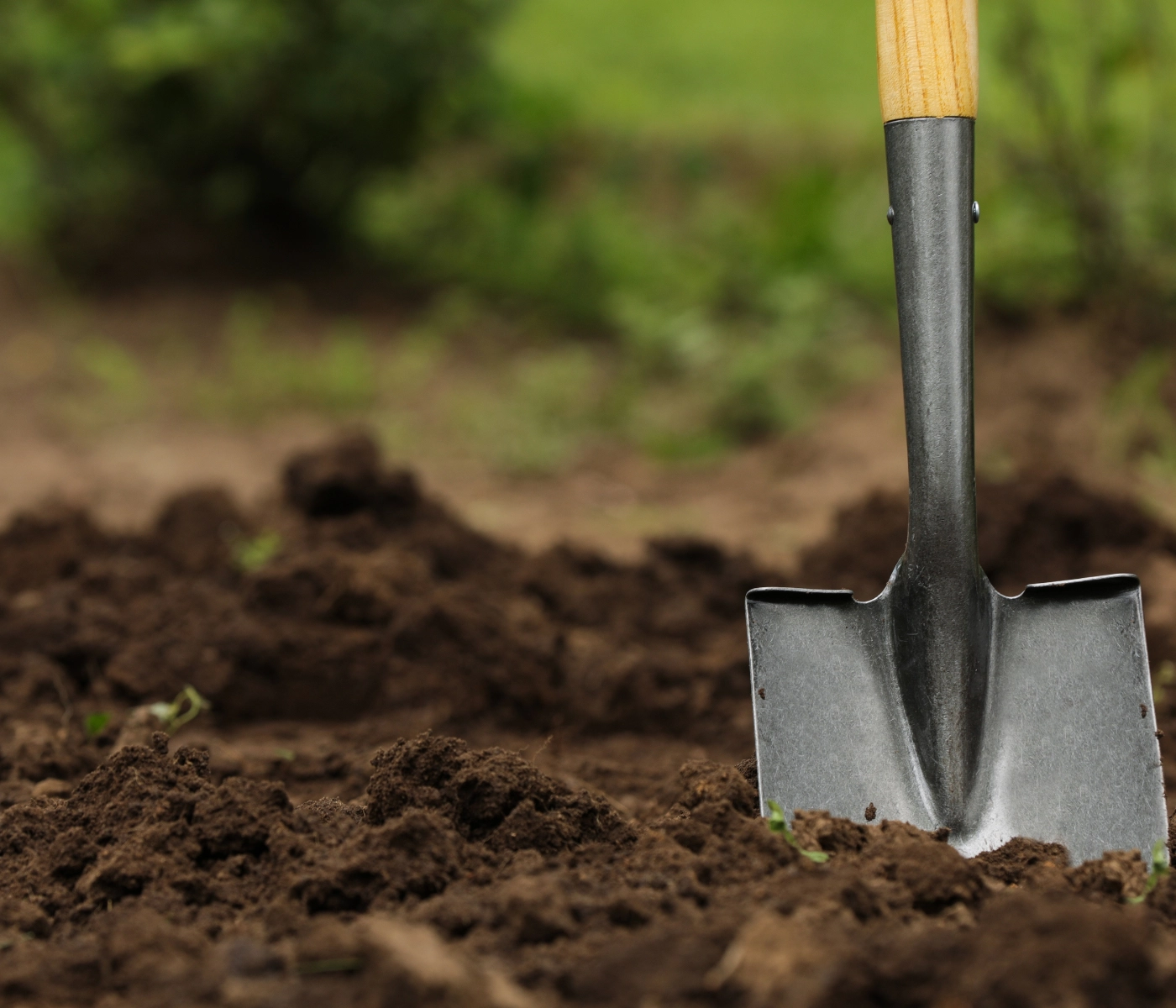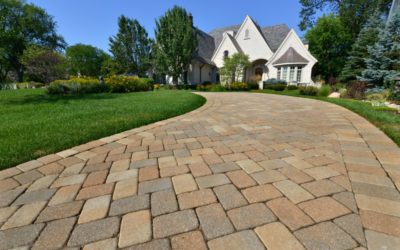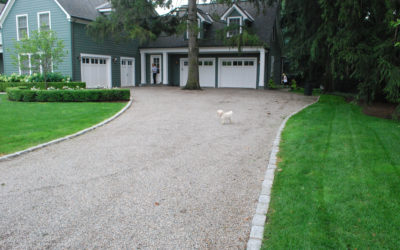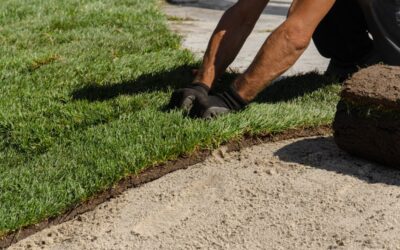There are roughly 50 million acres of grass lawns spread throughout the United States. Yet, it seems as though you can’t get your little portion to grow, no matter what you do.
You’ve put down grass seed numerous times. Fertilizer? Yes, that too. Added straw. Set up a watering schedule, making sure it received just enough moisture at all the right times, and you’ve yet to be rewarded with little sprouts of bright green instead of glaring patches of dirt.
The likely culprit? The wrong kind of topsoil. Contrary to what your eyes may tell you, grass won’t proliferate just anywhere. Or, it’ll grow then die off again with the next drought or long stretch of rain.
Therefore, your patch of dirt needs a top-dressing with a good, loamy soil — the best topsoil for growing grass.
The Best Topsoil for Growing Grass
If the soil beneath your grass seed is compacted and hard, or not acidic enough, the seeds won’t receive enough nutrients, air, or moisture to allow it to grow. 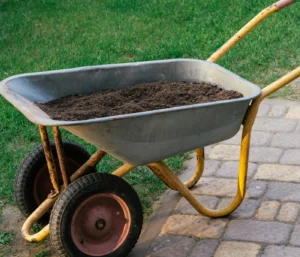
One solution is to top dress your lawn. This process involves dethatching, aerating, and mowing before adding seeds then a layer of topsoil.
Then, once your lawn is ready for topsoil, choose one that is non-screened, or topsoil that hasn’t been sifted to remove debris and large particles. Non-screened topsoil is cost-effective, provides root stability and growth, allows for natural water drainage, and helps with nutrient retention.
One of the best topsoils for growing grass is a non-screened loam. Loam is a balanced mixture of clay, sand, and silt. These components make the soil fertile and help it retain moisture as well as provide proper drainage.
How Much Topsoil Is Needed for Growing Grass?
The amount of topsoil needed for growing grass depends on if you are trying to start a new lawn or if you’re trying to fill in some patchy spots.
If you are starting a new lawn, adding about 4-6 inches of topsoil to the area in which you want to plant grass should be plenty.
However, if you are seeding a lawn only in bald spots, you can usually lay down about 2-3 inches of topsoil, then your seed, and a layer of straw if desired.
The next time you find yourself fighting a losing battle with your lawn, consider getting to the root of the problem by first top-dressing the problem areas, then adding a layer of non-screened loamy soil.
Are you ready for your patchy lawn to become a thing of the past? We’ll deliver all your high-quality topsoil needs — simply request a quote online or call 859-635-5680 today!

